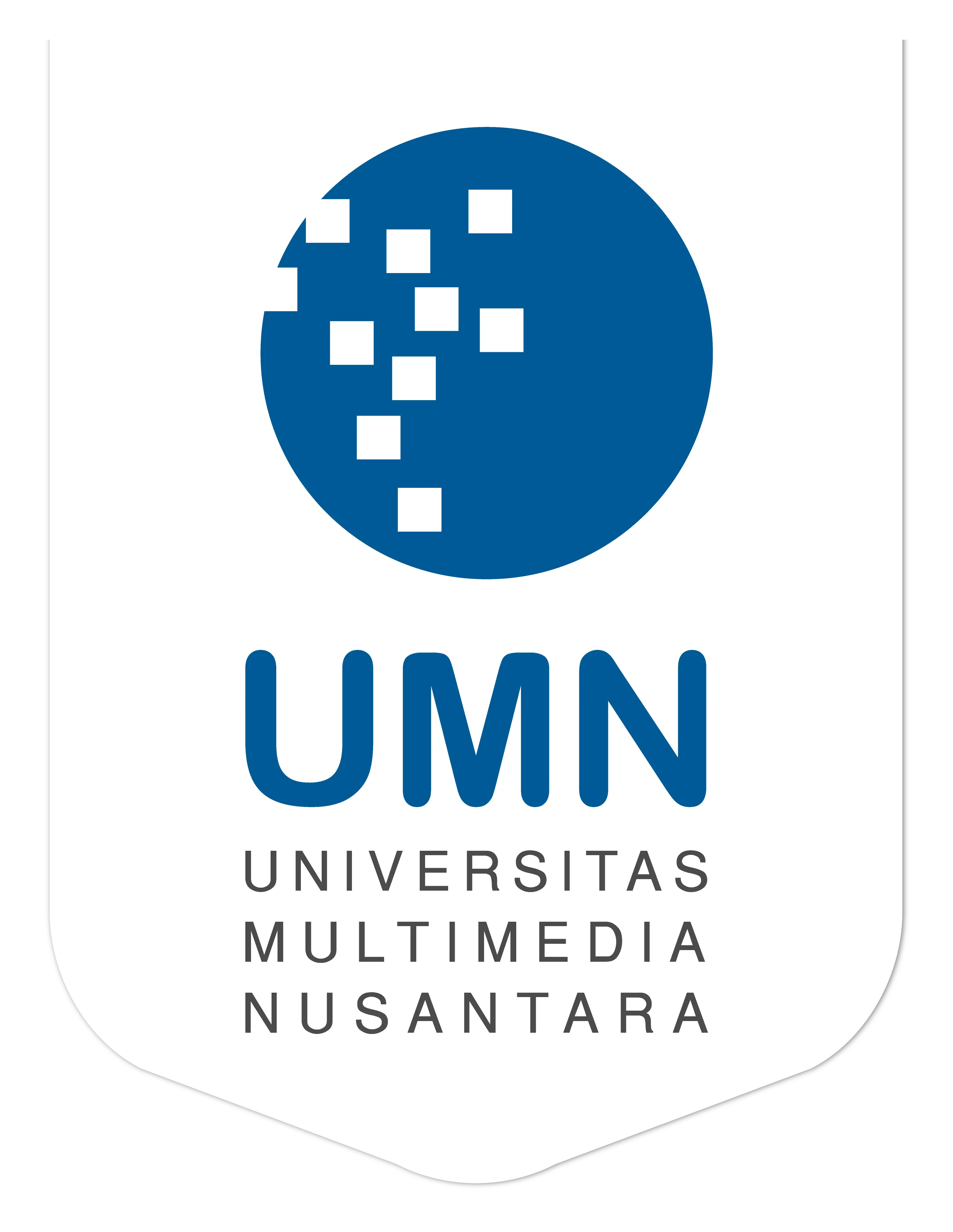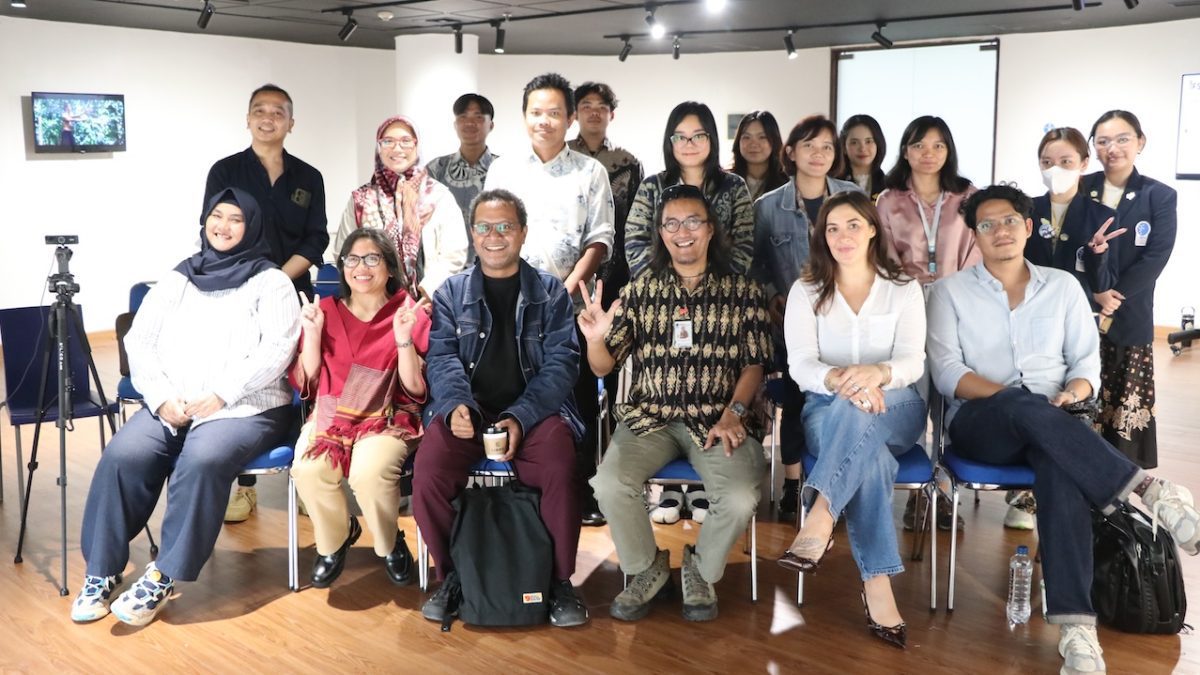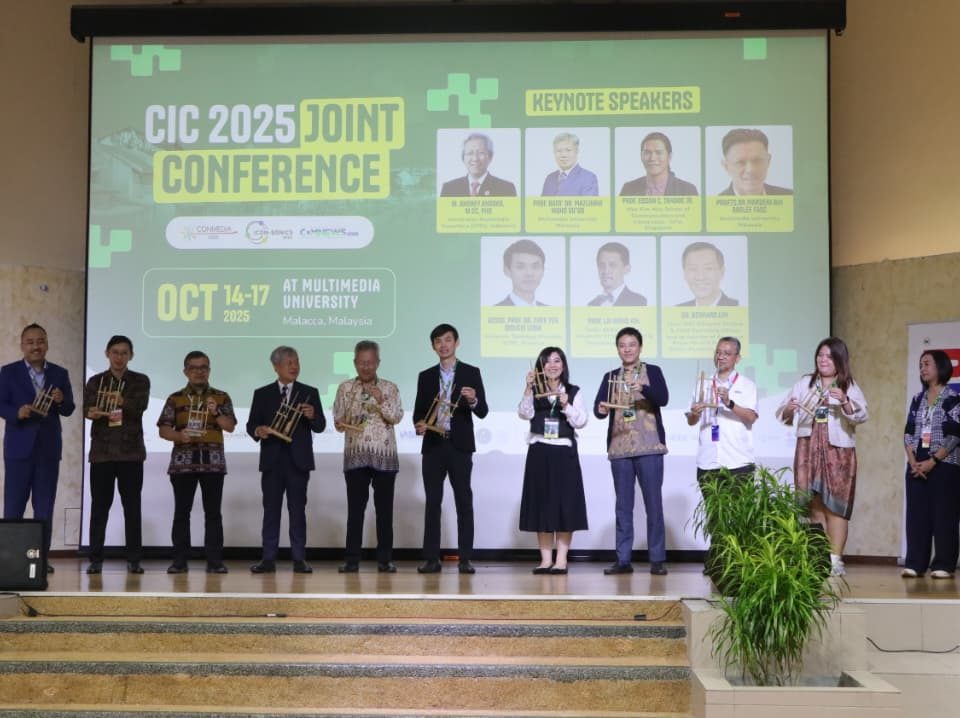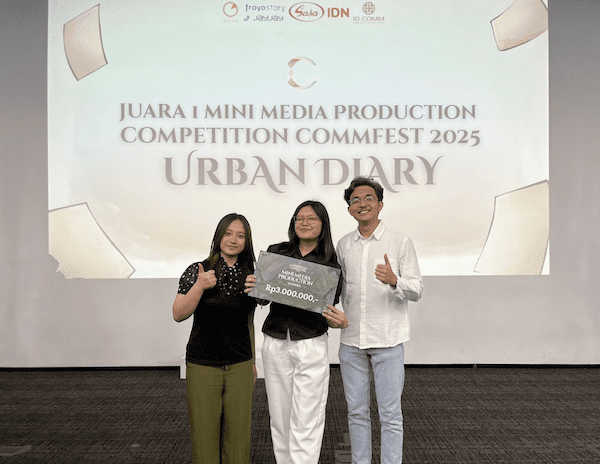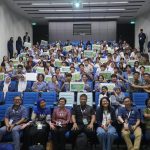
Banten UMN Young Researchers Competition 2025
October 3, 2025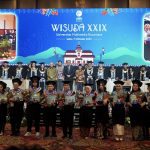
UMN XXIX Graduation Ceremony: Graduating Students Ready to Face Global Challenges of AI & Sustainability
October 12, 2025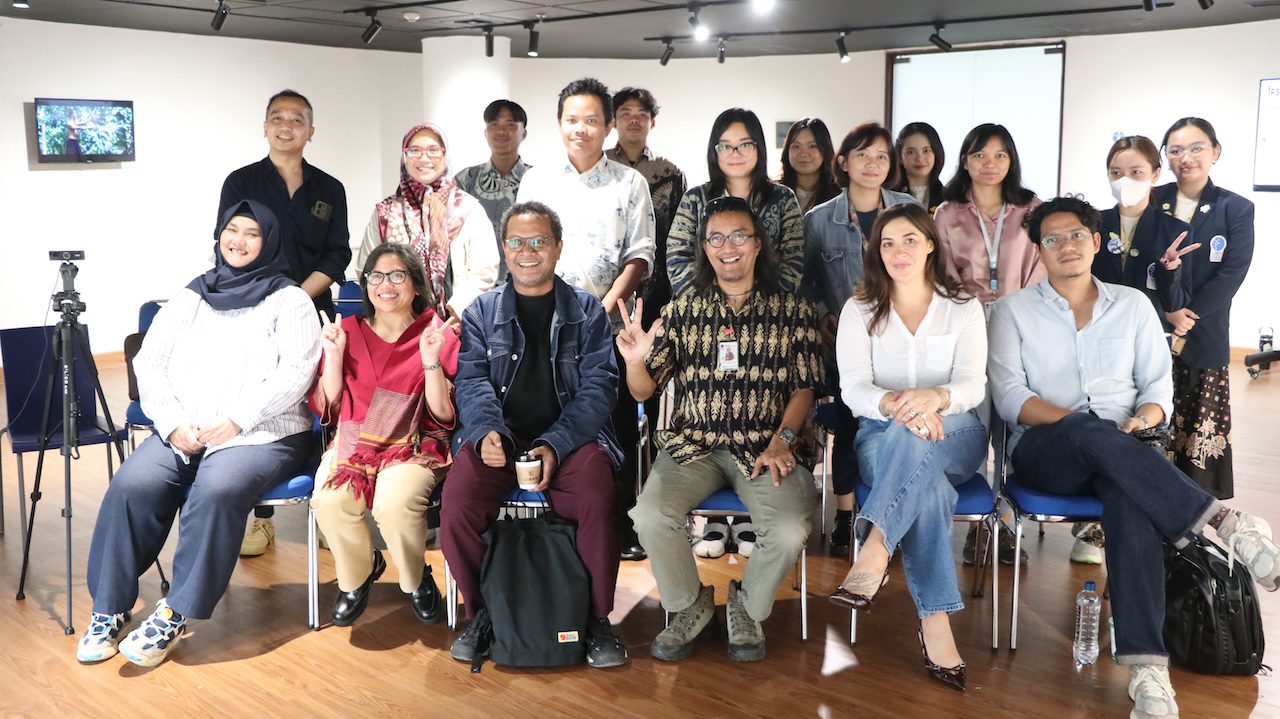
ISFR 2025 held at Nusakara, UMN (Dok. UMN)
TANGERANG – On the 26th of September 2025, Universitas Multimedia Nusantara (UMN), Nusakara Art & Design Center, and AIDIA conducted the International Forum on Spice Routes (ISFR) 2025 titled “Exploring The Spice Routes Through Creative Research.” The event is a special artwork panel showcasing Non-Traditional Research Output (NTRO) artistic practices that reimagine and interpret the enduring legacies of the Spice Routes.
The story of the spice route. For countries, this route serves as an arena of intercultural encounters that shape identity, language, technology, and social systems, as well as political tension, inequality, and colonial violence. The spice route, therefore, isn’t simple. They have a romantic past but historically, continue to resonate with contemporary global challenges,” opened Dr. Sn. Yusup Sigit Martyastiadi, S.T., M.Inf.Tech, the moderator of the event.
For some background, according to UNESCO, the Spice Routes, or Maritime Silk Roads, were extensive sea networks connecting the East and West, stretching over 15,000 kilometers from Japan through Indonesia and India to the Middle East and Europe. Originating in ancient times, these routes enabled traders to sail across vast and often dangerous seas to exchange goods, particularly spices—the most valuable commodities of the trade. Though perilous, the voyages were driven not by exploration but by commerce, forming a complex chain of buyers and sellers that linked distant civilizations through trade.
Ardilles Akyuwen started the session by sharing his research, “Pulang Ambon: A Visual Pilgrimage and Decolonial Reflection on the Heritage of Alifuru Ancestors on the Spice Road.” His research is based on where he came from and the memories of his family he had as an indigenous person in Alifuru.
“I start with the memories of my family. I believe that memories we have in our bodies are ancient; the memories from our ancestors can easily be triggered with a ‘flick.’ This is something that I am trying to show in my research,” Ardilles said.
Ardilles shared that he is proud that Gajah Mada, in their Palapa Oath, mentioned our island in their oath (at that time, the Dutch changed it to “Seram”). He was also proud that he recently found data that Pulau Seram was noticed as a spice producer.
“But the island is seemingly ‘disappearing’ from the Indonesian and global spice history and discussion. This is my doorway to conduct a small research about it and will be my university dissertation,” Ardilles added. He then continued to share more about the history of Alifuru, colonial influences on contemporary culture, the journey of nutmeg spice, and many more.
The second speaker, Manon from the United Kingdom, presented on Nutmeg on Banda Neira. She shared that she has been working on a project over the last year about “Sugar Spice Islands,” a study about sugar and spices produced across Indonesia. The project aims to create a dessert cookbook.
“The book will be a study of dessert recipes and where they actually come from– because many people including myself from back in the UK have no idea about where the ingredients we bake and make desserts have actually come from, let alone the history behind many of them,” Manon shared.
Manon wanted to use Indonesia as the base of her project because of the unique stories and origins of ingredients such as nutmeg, clove, mace, and cinnamon. She also wanted to study the many ingredients that were brought to Indonesia under colonial rule, such as cacao, chocolate, and white sugar.
She then shared several examples of her work over the last year, including living in Yogyakarta and meeting and interacting with several spice farmers. One of the main focuses of her project is nutmeg. Manon explained that nutmeg forms the base of many classic desserts in the West, dating back hundreds of years.
“As soon as I started researching it, I uncovered the history for the first time. It feels like a point of shame or embarrassment that I didn’t know the history beforehand– despite having used it for many years in the kitchen,” Manon said. She then showed pictures of nutmegs ready to be shipped and the remnants of the colonial era that can be seen everywhere around the island.
“Nutmeg was everywhere,” Manon emphasized. She shared that as soon as she arrived in Banda Neira, nutmeg was clearly a massive part of everyday life, and nutmegs were even processed in the local mosques. She continued showing various pictures, explaining her experience, and how she felt researching in Banda Neira.
Manon ended her presentation with a sad reality. She shared that as she arrived in the island, she saw firsthand poverty, collapsed roads, unreliable services, and modest homes—reminders of how underdevelopment lingers as a colonial legacy.
“Even as the wealth taken from nutmeg remains visible in places like Amsterdam and manhattan, the contrast between the island’s rich history as a hub of the global spice trade, the modest daily lives of its residents is a quiet reminder of how much was taken and how little has returned,” Manon said.
Being someone from Britain, she cannot forget Britain’s colonization of the Banda Islands. The Banda Islands have a past of being exploited, the people being violated and murdered. The story must be retold. However, nutmeg continues to grow freely across the islands, not by colonial powers but by local families.
“In the hands of the locals, it’s no longer just a symbol of exploitation but of continuity, resilience, and pride. For me, this project became a way of bridging personal memory with global history. Documenting not only the scars of the past, but also the resilience of the present,” Manon shared.
The International Forum on Spice Routes (IFSR) 2025 at UMN showcased how creative research can revive the historical and cultural legacies of the Spice Routes. Through works by Ardilles Akyuwen and Manon, the event highlighted how art can uncover forgotten histories, reflect on colonial impacts, and inspire new understandings of cultural identity and resilience. The session ran smoothly, concluding with a fruitful Q&A discussion that deepened participants’ insights and engagement.
By Levina Chrestella Theodora
English translation by Levina Chrestella Theodora
Kuliah di Jakarta untuk jurusan program studi Informatika| Sistem Informasi | Teknik Komputer | Teknik Elektro | Teknik Fisika | Akuntansi | Manajemen| Komunikasi Strategis | Jurnalistik | Desain Komunikasi Visual | Film dan Animasi | Arsitektur | D3 Perhotelan , di Universitas Multimedia Nusantara.
